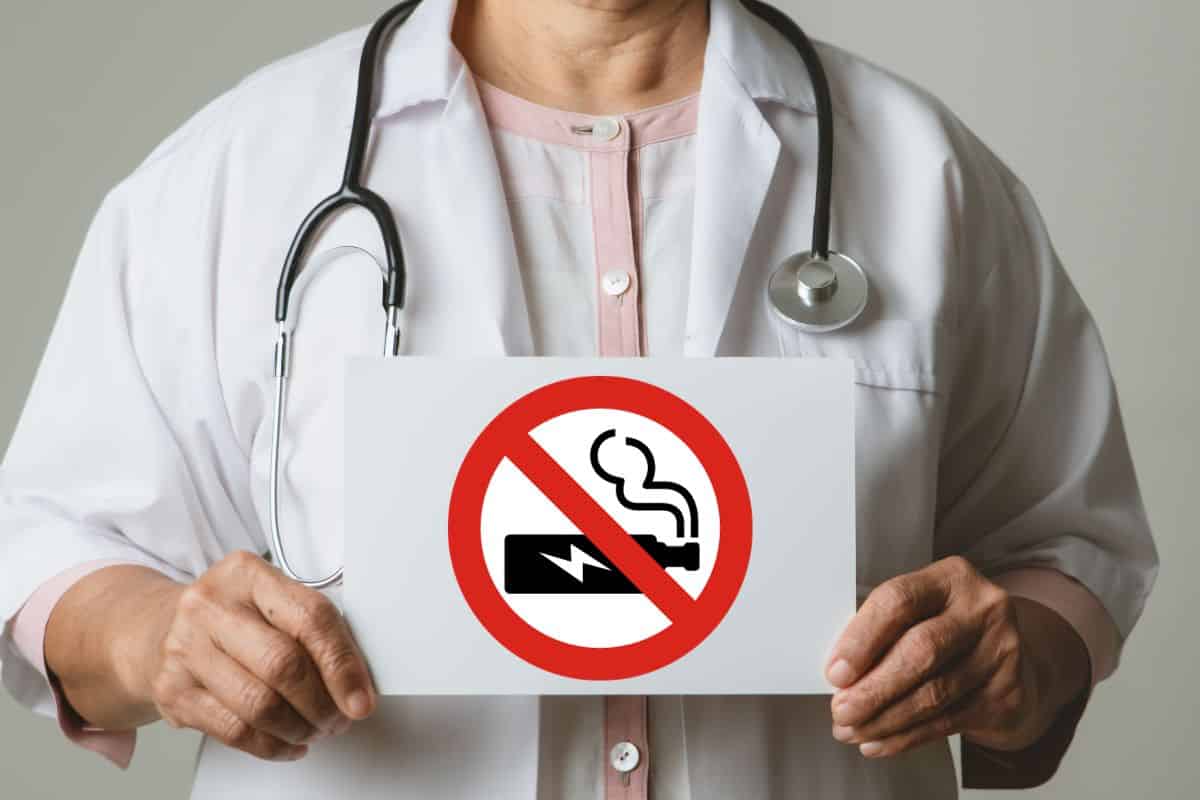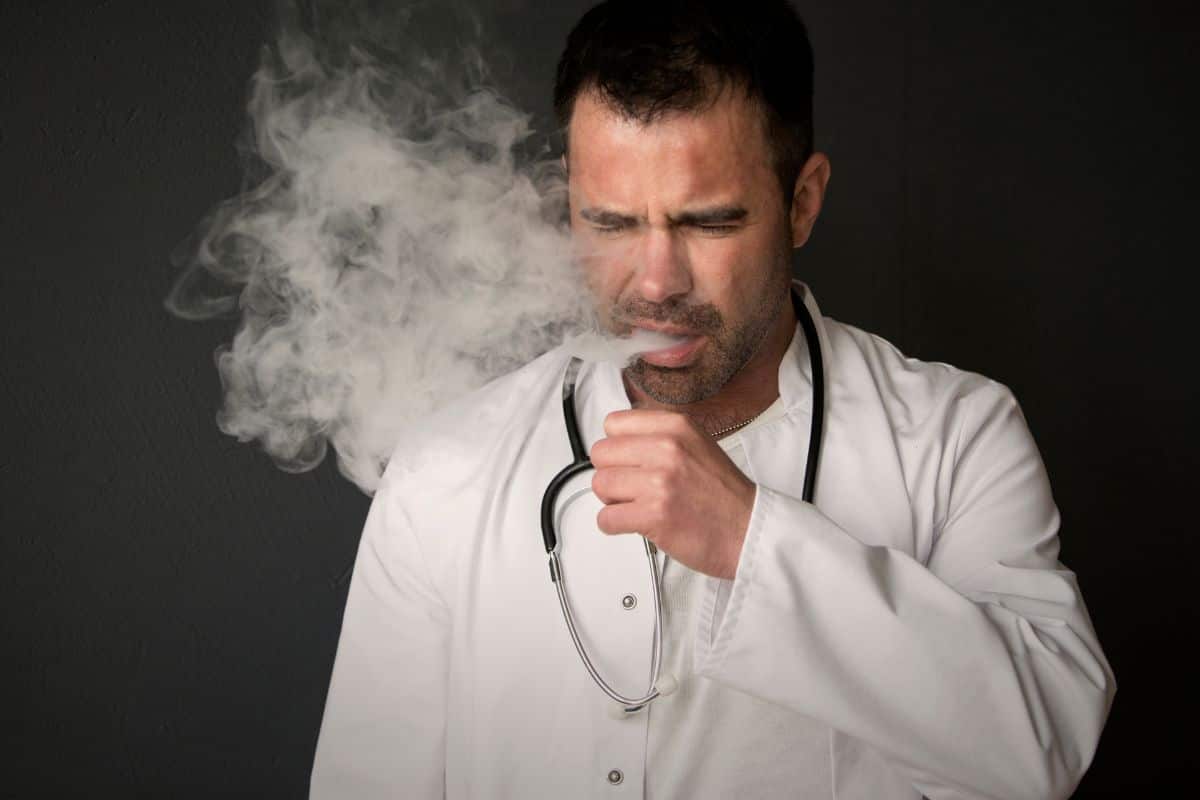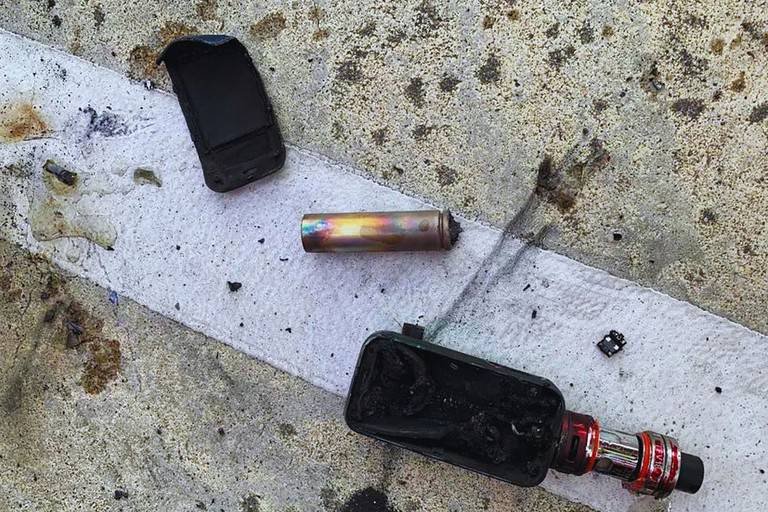Can You Vape in a Hospital: Rules and Regulations Explained
Vaping has become a popular alternative to traditional smoking, as it often involves the use of e-cigarettes and other electronic devices that deliver nicotine without the need for combustion. E-cigarettes, or vaping devices, have gained widespread acceptance due to the perception that they are a safer and cleaner way to consume nicotine. However, questions about the safety and appropriateness of vaping in public spaces such as hospitals have emerged.
Hospitals are designated as smoke-free zones to protect the health of patients, visitors, and staff. While smoking traditional cigarettes is explicitly prohibited in these areas, the rules surrounding the use of e-cigarettes and vaping devices may not be as clear. Preheating a vape cart is an essential step for a seamless vaping experience, but doing so in a hospital environment may raise concerns regarding health risks associated with secondhand vapor.
Various types of vaping devices are available in the market, such as the Elf Bar Airo Max 5000 and the Flum Pebble 6000, which offer a convenient way to consume nicotine. Though these devices are generally viewed as a cleaner alternative to smoking, it is essential to consider hospital policies and the potential effects on others’ health when deciding whether to vape in a hospital setting.
Table of Contents
Understanding Vaping and E-Cigarettes

Components of E-cigarettes
Vaping devices, commonly known as e-cigarettes or vape pens, are portable electronic gadgets that heat a special liquid called e-liquid. This process creates an inhalable vapor that users consume as an alternative to traditional smoking. E-cigarettes have various components, including a rechargeable battery, which can often be charged with a Universal 510 Thread Battery USB Charger, a heating element, and a tank or cartridge that holds the e-liquid.
Harmful Ingredients in E-Liquids
E-liquids, also known as vape juices, consist mainly of propylene glycol, vegetable glycerin, nicotine, and various flavorings. Some e-liquids have been found to contain harmful ingredients like diacetyl, a chemical associated with a condition called “popcorn lung.” Users should be cautious when choosing e-liquids, considering quality and content before consumption.
Effects of Vaping on the Health
Several health effects have been associated with vaping. While e-cigarettes are generally considered less harmful than traditional cigarettes, they are not without risks. The inhalation of nicotine-containing vapor can still lead to addiction and potential health issues. Furthermore, the long-term impacts of vaping are not yet fully understood, and it is crucial to remain informed about new research and findings.
Potential Risks of Vaping
Vaping exposes users to several potential risks, like addiction, respiratory issues, and heart conditions. It is essential to understand these hazards before deciding to use e-cigarettes. For example, a person may use a disposable vape designed for a limited number of puffs. However, continuous and excessive use can pose significant health threats. Additionally, the devices themselves may malfunction or cause accidents, such as exploding batteries or accidental ingestion of e-liquids by children, emphasizing the importance of proper handling and storage, like using a VAPECLUTCH Vape Case for protection.
To conclude, vaping and e-cigarettes are popular alternatives to traditional smoking but carry potential risks and health effects. It is essential to remain informed about the components, ingredients, and potential dangers associated with these devices to make educated decisions about their usage in various environments, including hospitals.
Vaping and Hospitals

Vaping Policies in Hospital Setting
Hospitals have implemented various vaping policies to maintain a healthy environment for patients, staff, and visitors. These policies typically prohibit vaping on hospital premises. While vaping devices like e-cigarettes have been considered less harmful than traditional cigarettes, concerns about their impact on health and safety are still prevalent.
Impact on Hospital Staff and Visitors
Vaping in hospitals can negatively affect the well-being of both hospital staff and visitors. Exposure to second-hand vapor, although considered less harmful than second-hand cigarette smoke, still presents potential risks. Additionally, vaping inside hospitals can undermine the goal of promoting a smoke-free environment, which is essential to promoting good health practices. Furthermore, vaping devices could potentially trigger security alarms, as discussed in this analysis, causing unnecessary disruptions to hospital operations.
Prevalence of Vaping Among Hospitalized Patients
The prevalence of vaping among hospitalized patients might vary depending on individual circumstances. Some patients may rely on e-cigarettes as a nicotine replacement option when attempting to quit smoking. However, due to the restrictions on vaping inside hospitals, many patients often have to refrain from using their devices while receiving treatment. Hospital policies aim to prioritize the health of all individuals within the facility and promote a supportive environment that encourages quitting smoking altogether.
Health Consequences of Vaping
Impact on Lung Health

Vaping has been linked to several lung health issues, including pneumonia, asthma, shortness of breath, and cough. Research has found that e-cigarette solutions can cause health effects for children at small volumes and have resulted in one child death. In addition, vaping has been associated with lung injuries and inflammation, leading to severe lung problems in some users.
Heart-related Risks

The use of e-cigarettes has been associated with various heart health risks, including increased blood pressure and heart disease. Vaping may contribute to an increased risk of heart disease due to the nicotine and other harmful substances found in e-cigarette vapor. These substances can negatively impact heart health by causing inflammation and raising blood pressure, leading to a higher risk of heart-related issues.
Vaping and Cancer Risk

While e-cigarettes are often marketed as a safer alternative to traditional cigarettes, potential cancer risks associated with vaping cannot be ignored. Although there is no definitive link between vaping and lung cancer, the long-term use of e-cigarettes may still pose a risk due to the presence of harmful chemicals in e-cigarette vapor. Additionally, some studies have found that vaping can cause DNA damage, which could potentially lead to cancer.
Effects On Mental Health

Aside from the physical health consequences of vaping, there is also evidence to suggest that e-cigarette use can impact mental health. Nicotine, the primary addictive substance in e-cigarettes, has been shown to affect mood and cognitive function. In particular, nicotine addiction and withdrawal symptoms can lead to mood swings, anxiety, and depression. To fully understand the long-term effects of vaping on mental health, more research is needed.
Safety Concerns and Regulations

Dangers Related to Devices
One major safety concern related to vaping devices is the potential for injury due to device malfunctions, particularly with the batteries. Some vapes have been known to cause explosions, often while charging or being stored in a user’s pocket. These incidents can lead to severe burns and other injuries. As a result, it’s crucial to follow proper charging and storage guidelines provided by the manufacturer of the device.
Moreover, the Centers for Disease Control and Prevention (CDC) has documented numerous health risks associated with using e-cigarettes. Some of these risks include addiction, lung damage, and potential harm to brain development in young people. Therefore, vaping in a hospital setting could potentially expose vulnerable patients and staff to these risks, jeopardizing their health and safety.
In response to the concerns related to vaping devices and their use, numerous agencies and organizations have established regulations and guidelines to address these issues. The Food and Drug Administration (FDA) plays a role in regulating the e-cigarette industry, ensuring that devices, e-liquids, and other vaping products meet safety standards. For example, the FDA regulates the nicotine strength in various vaping products.
Regulations and Guidelines
Hospitals often have their own policies and guidelines surrounding the use of e-cigarettes, typically prohibiting their use within the premises due to safety and health concerns. Patients and visitors are usually advised to respect these regulations, which are in place to protect the well-being of everyone at the hospital.
In conclusion, the safety concerns and regulations related to vaping devices emphasize the importance of ensuring that e-cigarettes are used responsibly and within the appropriate guidelines. Hospitals, as healthcare centers, prioritize the health of their staff and patients, and vaping within these establishments should be avoided to minimize the potential risks and abide by the regulations in place.
Vaping and Smoking Cessation

Vaping has gained popularity as an alternative to traditional cigarettes, especially for those trying to quit smoking. E-cigarettes deliver nicotine through an aerosol instead of the combustible tobacco and harmful chemicals found in regular cigarettes. This method has been seen by some as a safer and potentially helpful tool for smoking cessation.
E-cigarettes have been shown, in some instances, to be helpful in smoking cessation among smokers who plan to quit, particularly after hospitalization. Vaping devices vary in their nicotine strength, with some even offering nicotine-free options. This allows smokers to gradually lower their nicotine intake, potentially easing the process of quitting. However, it is important to note that this method is not universally effective for all individuals trying to quit smoking.
A factor to consider while quitting smoking through vaping is nicotine withdrawal. One should be mindful of the vaping withdrawal timeline and understand what to expect during the process. Nicotine addiction can be a significant hurdle for those attempting to quit, and it may take time for the body to adjust to lower levels of nicotine or nicotine-free options.
When it comes to vaping in hospitals, the policy on e-cigarette use may differ between institutions. Some hospitals might consider allowing vaping within certain designated areas of the hospital grounds as a smoking cessation tool. On the other hand, other hospitals may restrict their usage due to concerns about potential health risks or the normalization of smoking behavior, even in a less harmful form.
In conclusion, vaping as a smoking cessation tool has shown potential benefits, but it is essential to understand the limitations and risks associated with this method. Smokers considering switching to e-cigarettes for quitting purposes should consult a healthcare professional for personalized advice. Additionally, users should be aware of the rules and guidelines for carrying vapes in air travel to ensure a hassle-free experience.
Frequently Asked Questions
Is it allowed to vape with an IV in?
There is no specific rule on vaping with an IV in, but it is generally not recommended. Vaping in a hospital can have negative effects on patients and staff, and it is better to avoid vaping in such settings.
Are vape pens allowed in hotel rooms?
Hotel policies on vaping vary from one establishment to another. Some hotels allow the use of vape pens in designated areas or private rooms, while others may prohibit their use altogether. It is best to check with the hotel management to learn about their vaping policies before using a vape pen on the property.
How to discreetly use a vape in restricted areas?
Using a vape discreetly in restricted areas can be challenging, but some users opt for Candy King Air Disposable Vape 5% Nicotine with its compact design and rechargeable USB Type-C feature. However, it is important to understand and respect the rules and regulations of the area you are in, as well as the potential consequences of breaking those rules.
Do hospitals have vape detectors?
Hospitals do not typically have vape detectors installed. However, it is essential to remember that vaping in a hospital is generally prohibited due to its potential impact on patients and staff. Hospitals prioritize maintaining a clean and healthy environment for all occupants.
Can medical staff vape during breaks?
Policies on medical staff vaping during breaks may vary depending on the hospital. Some institutions might allow personnel to vape in designated areas or outside the premises, while others may have strict no-vaping policies in place. Medical staff should consult their workplace guidelines for any rules pertaining to vaping.
What are the consequences of vaping in the hospital?
Vaping in a hospital can lead to several consequences, including disciplinary measures for staff who violate the rules. For patients or visitors, vaping might lead to warnings, fines, or even removal from the premises. Hospitals maintain a smoke-free environment to protect the health and well-being of patients, staff, and visitors, so it is essential to adhere to rules and regulations regarding vaping.







